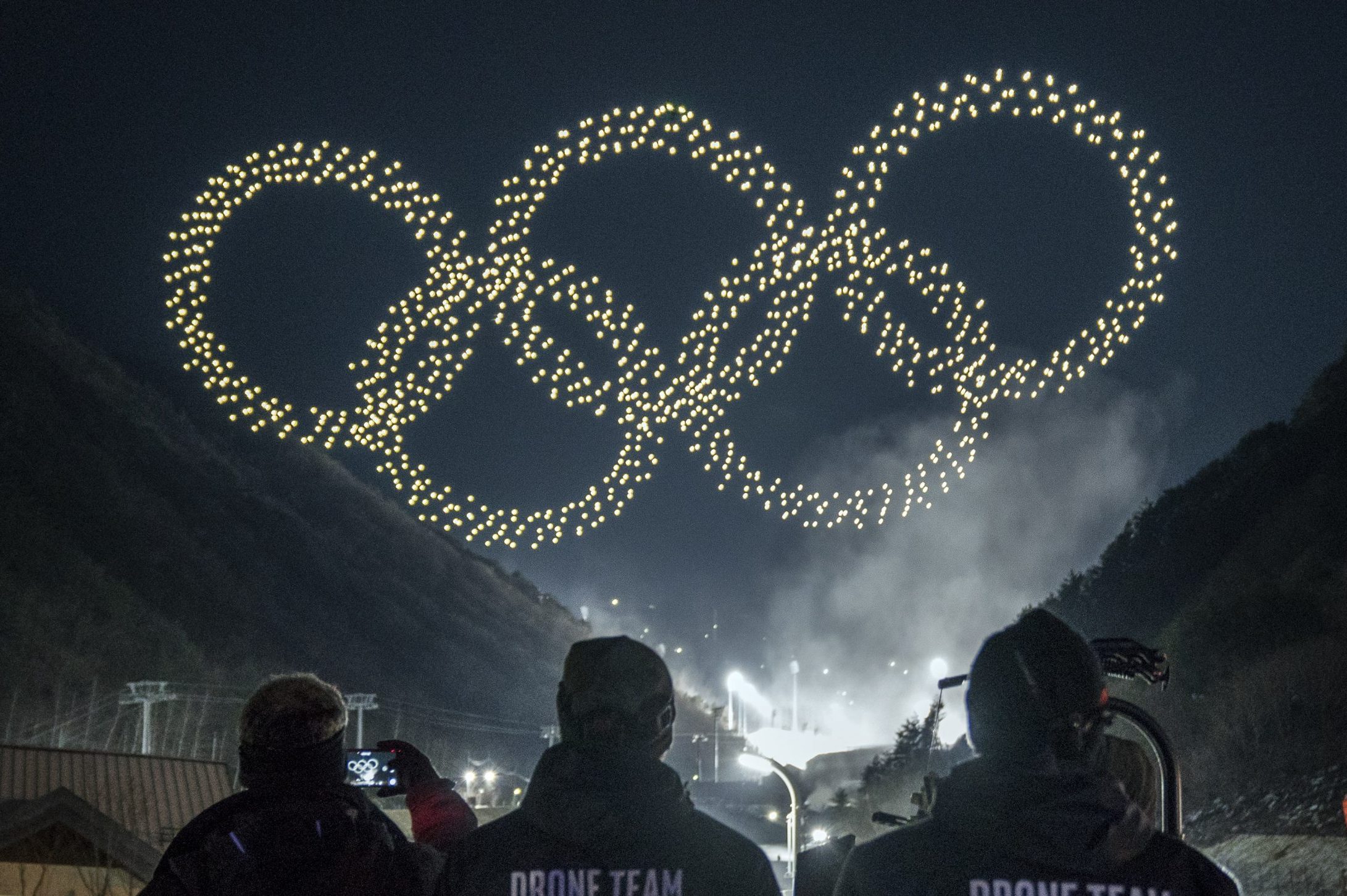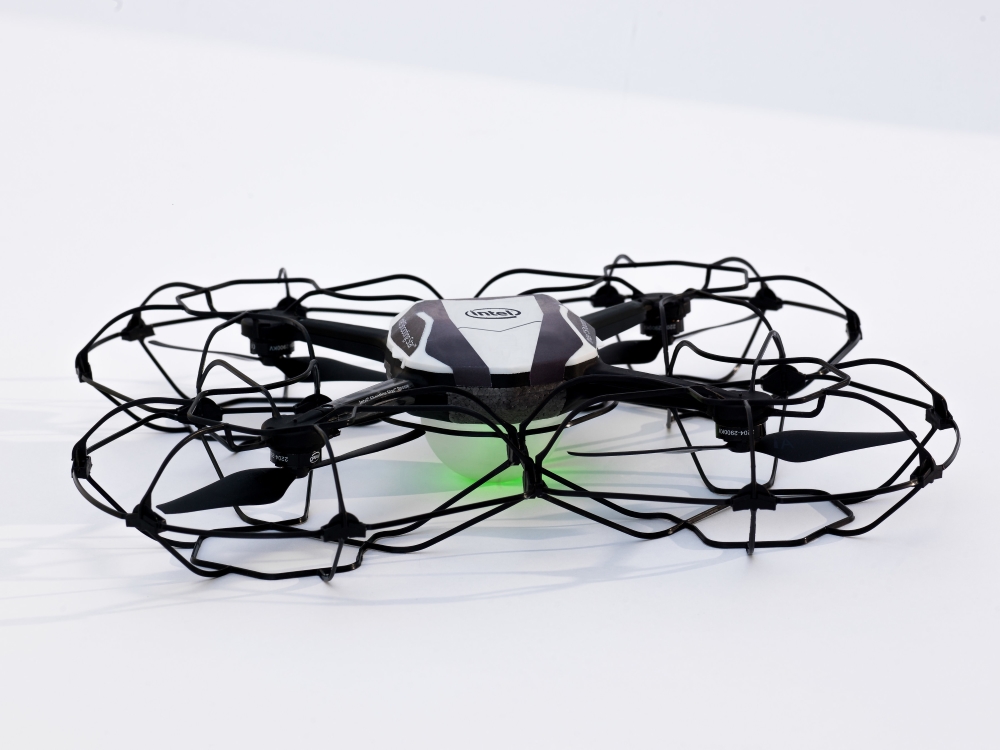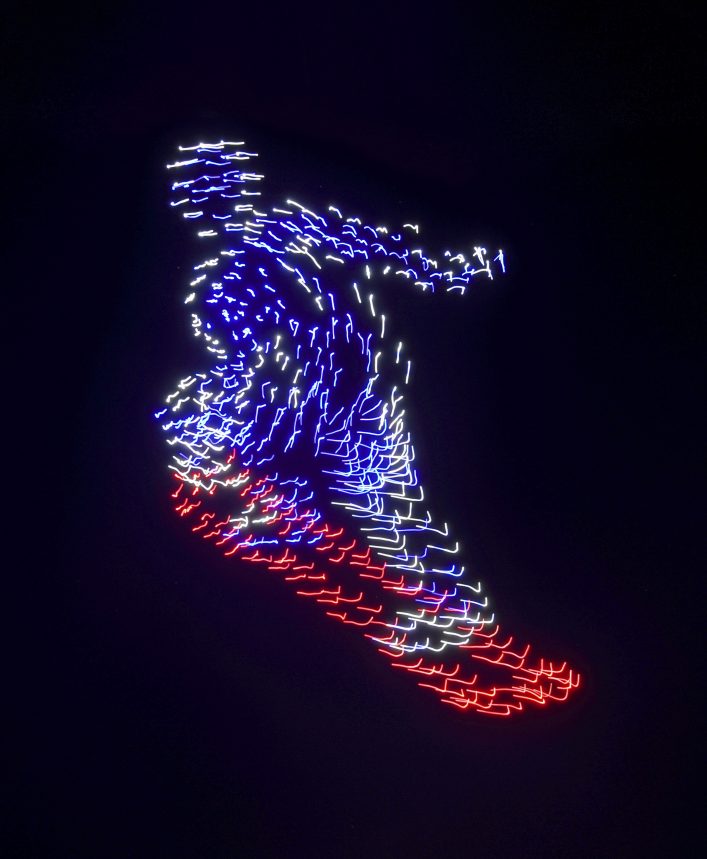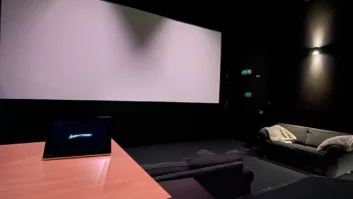
The Winter Olympics saw a new world record set before a single athlete had competed – thanks to the drone-based light show that formed part of the Opening Ceremony.
The Opening Ceremony of the XXIII Olympic Winter Games in PyeongChang saw a spectacular light show from more than 1,200 illuminated drones – which also set a new Guinness World Record.
The drones created custom animations representing different sports, as well as and various Olympic-related logos, including the formation of the iconic Olympic rings.
The company behind the technology was Intel, which has developed its Shooting Star drones specifically for entertainment light shows. These sport LEDs that can produce billions of colour combinations, and can be programmed for any animation pattern.
Programming is carried out using proprietary Intel algorithms. These take a reference image, calculate the number of drones required, determine where drones should be placed, and formulate the fastest path to create the image in the sky. The show can be run from a single computer and controlled by one pilot.

The 1,218 drones used for the ceremony set a new world record for the “most unmanned aerial vehicles airborne simultaneously”. The previous record – 500 – was set by Intel at an event in Germany in 2016.
The sequence was pre-recorded in December. We understand that the intention had been for a smaller set of 300 drones to fly live during the ceremony, but last-minute logistical issues forced these plans to be scrapped. A statement from the Games’ organising committee said that “there were too many spectators standing in the area where the live drone show was supposed to take place”.
The drones, which have also been used in nightly victory ceremony performances, can tolerate a maximum wind speed of 36kph. They feature four 15cm diameter propellers, encased in a protective frame; overall dimensions are 384mm x 384mm x 93mm. The frame is made of flexible plastics and foam, helping to keep the weight of each drone down to 330g.

Natalie Cheung, general manager of Intel’s drone light show team, commented: “The Olympics are a time when the sports and entertainment industries are buzzing with record-setting performances, so it was the perfect stage for Intel Shooting Star drones and our team to set their own kind of record.”
“We are honoured to have Intel drones playing several roles at the Olympic Games,” added Anil Nanduri, vice president and general manager, Intel Drone Group. “Not unlike the athletes competing in the events, we continue to push to innovate and develop the drone technologies that inspire people all over the world.”
Intel has signed up to The Olympic Partner (TOP) programme until 2024, so we can expect to see more and bigger drone light shows at future games.







